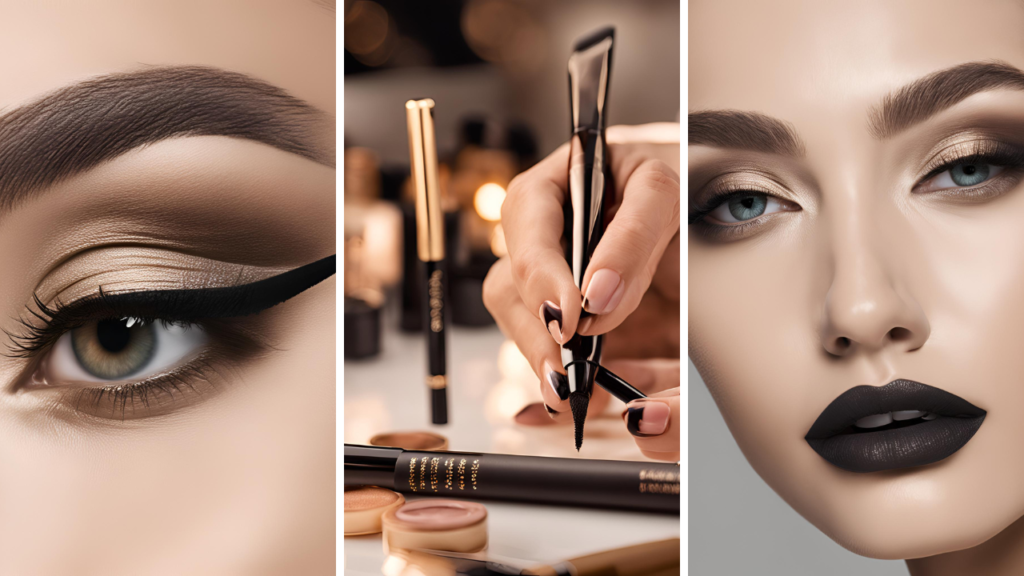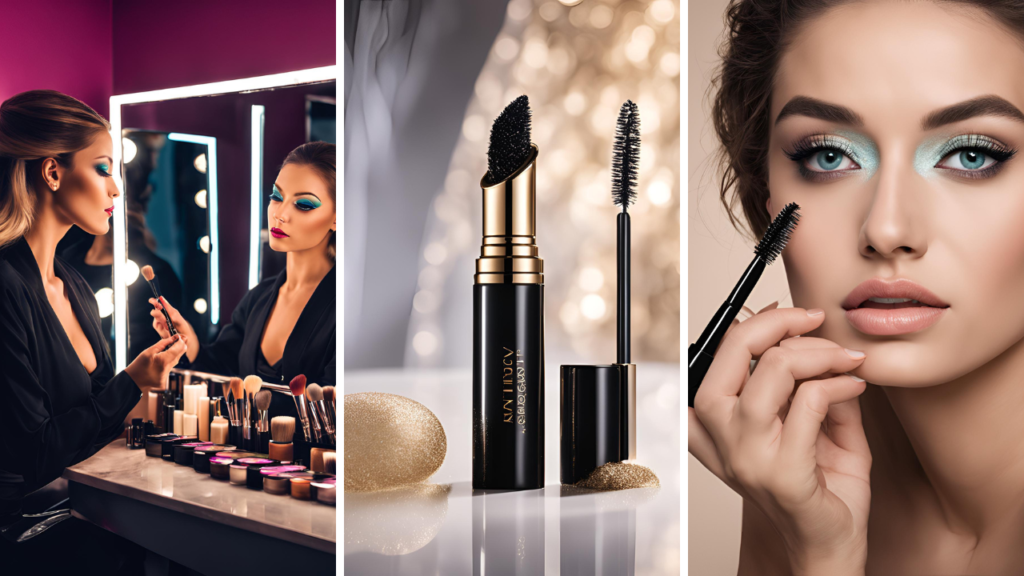
Ever looked in the mirror and thought, “If only I could erase these dark circles or tone down this redness”? You’re not alone. Enter color-correcting products — makeup’s answer to uneven skin tones and pesky imperfections. But before you dive into this magical world, let’s decode the ‘why’ and ‘how’ behind these products.
Table of Contents
The Science Behind Color Correction
At the heart of color correction lies the color wheel. Remember those art lessons in school? Complementary colors cancel each other out. For instance:
- Green neutralizes redness.
- Peach or orange hides dark blue or purple tones (think dark circles).
- Yellow combats dullness or mild redness.
- Lavender brightens yellow undertones.
This principle is what makes color-correcting products work like a charm.
Why Should You Use Them?
Color-correcting products target specific skin concerns:
- Redness: Acne scars, rosacea, or an unexpected breakout.
- Dark Circles: Lack of sleep or hereditary pigmentation.
- Dullness: Skin that needs an instant pick-me-up.
- Uneven Skin Tone: Sun damage or discoloration.
Pro Tip:
Less is more! These products are potent. A small dab goes a long way, ensuring your skin looks naturally flawless rather than cakey.
Types of Color-Correcting Products
The beauty industry is brimming with options, each tailored for specific needs. Here’s a breakdown:
1. Primers
Perfect for prepping the skin, color-correcting primers offer a smooth base while addressing underlying concerns. For example:
- Green Primers: Combat overall redness.
- Lavender Primers: Brighten dull skin.
2. Concealers
A classic choice, these concentrated formulas are ideal for pinpoint correction. Whether it’s peach for under-eye shadows or green for a single blemish, concealers are a must-have.
3. Cushions and Powders
For a light touch, these products work best. They offer sheer coverage and are great for layering.
4. Stick or Crayon Correctors
These are perfect for on-the-go touch-ups. Compact and easy to use, they’re a lifesaver for busy mornings.
How to Use Color-Correcting Products
Applying color correctors can seem daunting, but it’s easier than it looks. Here’s a step-by-step guide:
- Prep Your Skin: Cleanse, tone, and moisturize for a hydrated base.
- Apply the Corrector: Use a brush or your fingertip to dab the product onto the problem area. Blend gently.
- Foundation: Apply your foundation over the corrector, using a sponge or brush. Avoid dragging the product.
- Set It: Finish with a translucent setting powder to lock in your flawless look.
Mistakes to Avoid:
- Using too much product.
- Skipping blending (harsh lines aren’t flattering!).
- Ignoring your skin tone. Match the corrector to your specific undertones.
Celebrity Favorites and Insights
From Selena Gomez to Zendaya, celebrities swear by color correction for their red-carpet looks. Selena loves peach tones to combat her under-eye shadows, while Zendaya uses lavender primers to brighten her complexion. These pros prove that even the most flawless faces can benefit from a little color theory.
Best Color-Correcting Products on the Market
Here’s a curated list of top products:
- NYX Professional Makeup Color Correcting Palette
- A budget-friendly option with multiple shades.
- LA Girl Pro Conceal HD
- Highly pigmented and easy to blend.
- Bobbi Brown Corrector
- Perfect for dark circles with a creamy texture.
- Smashbox Photo Finish Reduce Redness Primer
- A green primer that calms redness while prepping the skin.
- Urban Decay Naked Skin Color Correcting Fluid
- Lightweight and available in various shades.
FAQs About Color-Correcting Products
1. Can I skip foundation if I use a color corrector?
Absolutely! If you blend the corrector well and don’t need full coverage, it can work solo for a natural look.
2. Are these products suitable for all skin types?
Yes, but choose a formula that complements your skin type (e.g., creamy for dry skin, lightweight for oily skin).
3. How do I pick the right color for my skin tone?
Refer to the color wheel. Identify your concern and pick the complementary shade.
4. Can men use color correctors?
Of course! Color correctors are for everyone, regardless of gender.
5. Are there natural alternatives to color correctors?
For a quick fix, some people use items like turmeric (yellow) or beetroot (pinkish tones). However, these aren’t long-lasting solutions.
Final Thoughts: Color Correcting Products
Color-correcting products aren’t just for makeup artists or celebrities. They’re a practical, science-backed way to enhance your natural beauty. Whether you’re tackling redness, dark circles, or dullness, there’s a corrector out there for you. So why not give it a try? Your flawless complexion awaits!


